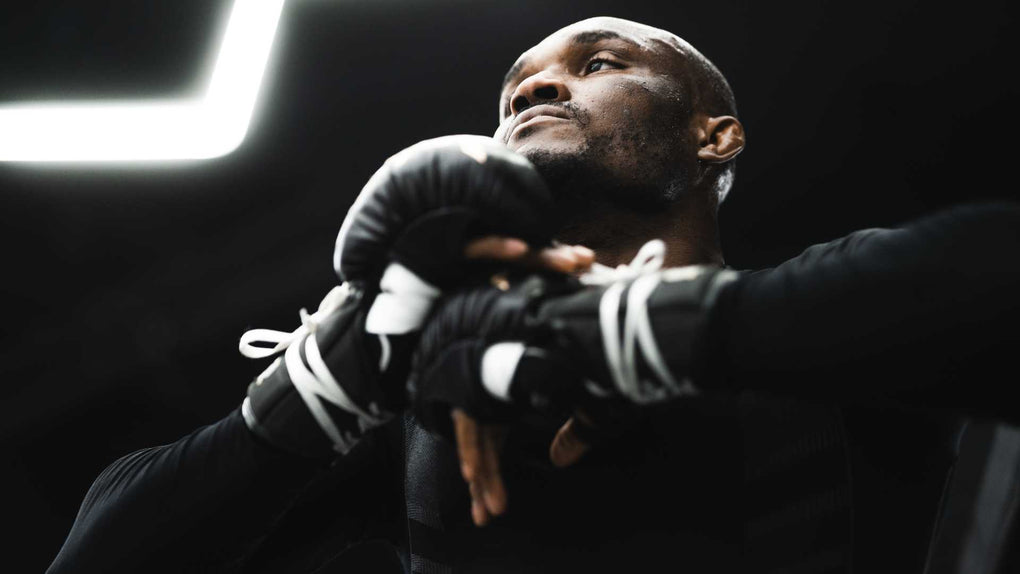Boxing weight classes aren’t just numbers on a scale—they define matchups, influence strategy, and shape careers. Whether you’re stepping into the ring for your first amateur bout or chasing a pro title, understanding boxing weight classes is essential. This guide breaks down the history, the divisions, and the rules so you can train and compete with precision.
THE ORIGIN OF BOXING WEIGHT CLASSES
Before weight divisions existed, boxing was an open-weight sport—meaning a lightweight could end up facing a heavyweight. That changed in the late 19th century, when the sport introduced weight classes to improve safety, fairness, and competitive balance.
- 1867: The Marquess of Queensberry Rules began shaping modern boxing, leading to early weight divisions.
- Early 1900s: Major sanctioning bodies began standardizing class names and limits.
- Today: Four primary organizations—the WBC, WBA, IBF, and WBO—govern world championship fights, with weight divisions recognized globally.
CURRENT PROFESSIONAL BOXING WEIGHT CLASSES
Below are the standard professional boxing weight divisions and their limits. Sanctioning bodies align closely, but minor variations can occur.
|
Division |
Weight Limit (lbs) |
|
Minimumweight |
105 |
|
Light Flyweight |
108 |
|
Flyweight |
112 |
|
Super Flyweight |
115 |
|
Bantamweight |
118 |
|
Super Bantamweight |
122 |
|
Featherweight |
126 |
|
Super Featherweight |
130 |
|
Lightweight |
135 |
|
Super Lightweight |
140 |
|
Welterweight |
147 |
|
Super Welterweight |
154 |
|
Middleweight |
160 |
|
Super Middleweight |
168 |
|
Light Heavyweight |
175 |
|
Cruiserweight |
200 |
|
Heavyweight |
200+ |
AMATEUR VS. PROFESSIONAL DIVISIONS
While the names may sound similar, amateur and professional boxing divisions differ slightly in weight limits and structure. Amateur boxing—governed by bodies like the International Boxing Association (IBA)—often has fewer divisions and tighter limits to streamline competition, especially in Olympic formats.
Key Differences:
• Amateur divisions often merge certain pro classes.
• Weigh-ins happen on the same day as fights in amateur bouts, versus the day before for pros.
• Amateur fighters wear more protective gear, affecting weight strategy.
WHY WEIGHT CLASSES MATTER FOR PERFORMANCE
In boxing, size matters—but so does speed, endurance, and fight IQ. Competing in the right weight class means finding the sweet spot where you’re strong, explosive, and conditioned without sacrificing health.
Factors influenced by weight class selection:
• Punching power relative to opponents
• Speed and footwork agility
• Ability to absorb shots
• Stamina over multiple rounds
• Recovery after weight cuts
At ONX Sports, we’ve seen firsthand how elite fighters optimize these variables through discipline, planning, and precision—often deciding fights before it is over.
DIFFERENCES BETWEEN SANCTIONING BODIES
While the four major bodies (WBC, WBA, IBF, WBO) agree on most weight limits, slight differences can appear in regional titles or youth championships. Fighters transitioning between organizations must confirm the exact requirements to avoid disqualification or forced catchweights.
THE ROLE OF WEIGH-INS
Weigh-ins aren’t just a formality—they’re a strategic checkpoint. Fighters often “cut” weight through controlled dehydration to make the limit, then rehydrate before fight night. While this can create a size advantage, it also carries risks if mismanaged.
- Same-day weigh-ins (common in amateurs) reduce extreme cutting.
- Day-before weigh-ins (pros) allow for more aggressive cuts—but demand expert rehydration.
- Poor weight management can impair performance, recovery, and safety.
TRAINING AND PREPARATION BY DIVISION
Training for a weight class isn’t just about hitting the scale—it’s about tailoring your program to maximize output at that size. That includes:
- Strength and conditioning specific to your weight
- Nutrition and hydration cycles that protect muscle mass
- Sparring partners in your class for realistic speed/power matchups
- Gear that supports wrist alignment, protection, and speed work—like the ONX X-Factor Glove, designed for injury prevention without sacrificing performance
FINAL ROUND
Knowing the boxing weight classes is more than trivia—it’s the foundation for safe, strategic, and competitive fighting. When you understand the divisions, you can make smarter decisions about training, nutrition, and competition.
Whether you’re climbing the ranks or fine-tuning your craft, knowledge is your first weapon. Train like a pro, prepare like a champion, and step into the ring knowing you’ve made every advantage count.
LAW MAN SAID
This content is for informational purposes only and does not constitute medical or nutritional advice. Always consult a qualified healthcare professional before making decisions about weight management, training, or competition preparation.









Leave a comment